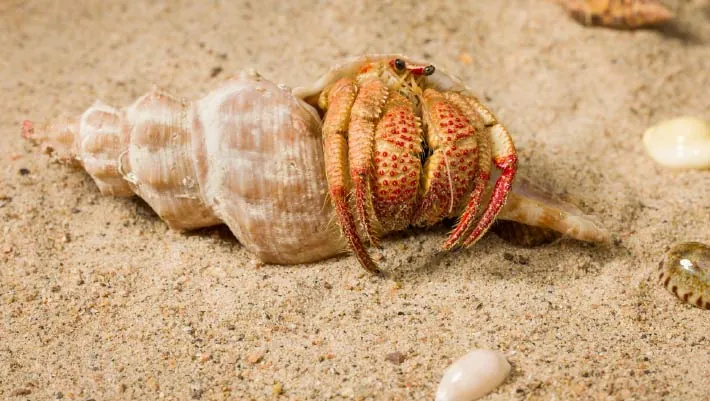
Unveiling a New Invader: The Discovery of a Flatworm Species Threatening Southern U.S. Ecosystems!
2024-09-24
Author: Yu
Introduction
A fascinating revelation emerges from the world of biodiversity—scientists have recently identified a new species of flatworm that has begun its invasive march across various states in the southern U.S. Dubbed Amaga pseudobama, this flatworm bears a striking resemblance to the notorious Obama nungara, a species known for its disruptive impact across Europe.
Discovery and Research
An international coalition of researchers, including experts from the National Museum of Natural History in Paris, Drexel University, North Carolina State University, James Cook University in Australia, and University of Szczecin in Poland, documented this discovery in the esteemed journal PeerJ. The species was initially observed in North Carolina in 2020 and is characterized by its brown coloration and modest size, measuring only a few centimeters in length.
Initial Misclassification
Initial reports were based solely on photographs, leading the researchers to mistakenly classify the specimens as Obama nungara, which is originally from Brazil and Argentina but has established a menacing presence in Europe. However, after a thorough molecular analysis—which faced delays due to the pandemic's lockdown measures—it became clear that Amaga pseudobama is genetically distinct from its European counterpart.
Identification Process
To further authenticate this discovery, a detailed morphological analysis alongside a complete mitochondrial genome study was conducted, allowing researchers to convincingly categorize the worm as a new species.
Current Distribution and Concerns
While Amaga pseudobama shares an origin in South America with its troublesome relative, it has not yet been observed in its native habitat. Currently, this invasive species has extended its reach beyond North Carolina to include Florida and Georgia, with concerns that it may soon spread to additional states.
Ecological Implications
This discovery adds to the list of invasive flatworm species that threaten the delicate ecosystems of the Southern United States, including the infamous Platydemus manokwari. As scientists continue their vigilance, the ecological ramifications of these invasions highlight the urgent need for monitoring and preventive strategies to safeguard native biodiversity.
Conclusion
Stay tuned as we track the impact of Amaga pseudobama and other invaders on our environment—who knows what other surprises nature has in store?




 Brasil (PT)
Brasil (PT)
 Canada (EN)
Canada (EN)
 Chile (ES)
Chile (ES)
 España (ES)
España (ES)
 France (FR)
France (FR)
 Hong Kong (EN)
Hong Kong (EN)
 Italia (IT)
Italia (IT)
 日本 (JA)
日本 (JA)
 Magyarország (HU)
Magyarország (HU)
 Norge (NO)
Norge (NO)
 Polska (PL)
Polska (PL)
 Schweiz (DE)
Schweiz (DE)
 Singapore (EN)
Singapore (EN)
 Sverige (SV)
Sverige (SV)
 Suomi (FI)
Suomi (FI)
 Türkiye (TR)
Türkiye (TR)